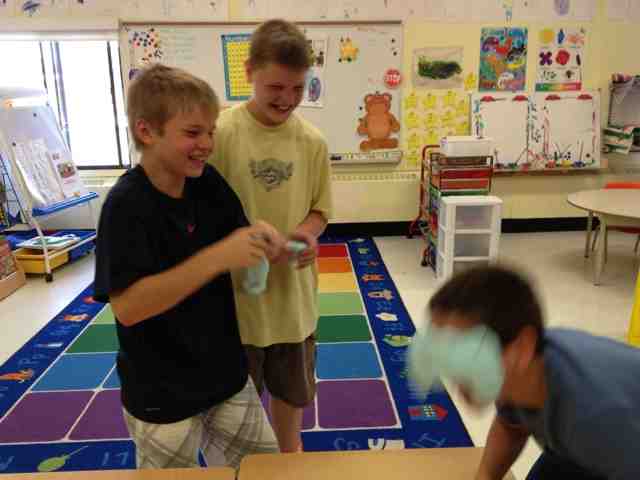#HIGHlarious
This is real life, I kid you not.
Me: "Ok, students you need to enter the number sign before your student log in number on the computers." Grade 4 students: "You mean the hashtag?" Me: "Yes, yes hashtag your student number." Followed by an inconspicuous eye roll and a mental note. Really?!?
I haven't been able to "unplug" in about 72 hours and I feel like I'm even starting to speak "twitter" ... Ever talk to someone and accidentally say, LOL instead of physically laughing out loud? We'll, that's what I mean.
Here's why: I was honoured to be invited to our school boards "Small School Summit" these past two days. It's an unbelievable learning experience - a two day conference, filled with one-hour presentations from various professionals (psychologists, teachers, board personnel, etc ...) on a variety of topics, geared towards engaging teachers about innovative practices in the classroom and maintaining student engagement. The overarching theme of the Summit this year was INNOVATE NOW! The keynote speakers at the conference this year were: Diane Buckner, David Usher and Amber MacArthur.
Diane Buckner, host of CBC's Dragon's Den, spoke about major trends that affect the way we now live, learn and relate: gamification, customization, high-tech health, innovation, social media, mobility, and authenticity. She noted how these trends are affecting society, how they are affecting our everyday lives and ultimately, how they are also affecting our teaching practices. Get on board. We're in an ever-changing world that not only requires, but demands that we stay innovative. Think outside the box.
David Usher, Canadian music icon, was the guest speaker and performer last night. Not only did he melt our hearts with those dreamy deep set eyes, but he spoke from the heart which captivated the audience and had us hanging onto his every word. He spoke about creativity. He ... He ... He had me at hello. Ok, seriously. He explained that people aren't BORN creative ... You have to work at it! It's not as if he sits down with a bottle of whiskey and waits for the creativity to set it, but rather he has to work though those life distractions (as he played a super cute audio clip of him rehearsing at home only to be interrupted by his 5-year old daughter asking him where her princess shoes are). He reminded his audience to take risks ... To break down the fourth wall, step out of comfort zones and give something new a try.
As a grunge-band 90s junkie, I was in full glory.
Today, Social Media expert Amber Mac told me that she liked my hair.
Amber Mac wasn't afraid to tell it like it is. She spoke about the realities of the ever-changing 21st century and the need to stay current. She spoke about how to get the most out of social media (Twitter, apps, etc) and how to avoid the major pitfalls that accompany these platforms. She shared examples of how powerful social media can be. For example, she noted the case of Canadian musician Dave Carroll, who's guitar was tossed and broken by United Airlines staff. He launched a music video in protest, which went viral on YouTube. It was estimated that United lost $180 million in revenue because of the bad publicity it generated. Incredible. She urged teachers to "think before you tweet." She spoke about innovation and the need for adaptation. For example, kids aren't staying on any ONE social media platform for long enough for parents to get on board. As soon as parents get on it, they're off and already onto something new. Snapchat won't be around forever ... It's likely just the flavour of the month.
As an educator who has a blog with a widget that feeds Instagram photos to it, I'd like to think that I'm current and innovative. I like figuring things out on my own, re-writing codes and creating my own TeachersPayTeachers products. I am open to the possibility of new ideas, I'm curious, I colour outside of the lines, I question the norm (even when I know it doesn't need to be questioned). I question the trends. I think critically about what's out there and I'm willing to try new things, to be flexible and innovative, engaging and engaged, but now I wonder ... Is my job title still "educator"? I feel like more of a innovator than anything else. After attending the Small School Summit this week, I think I can confidently add "innovator" to my hat rack.
#innovatenow















